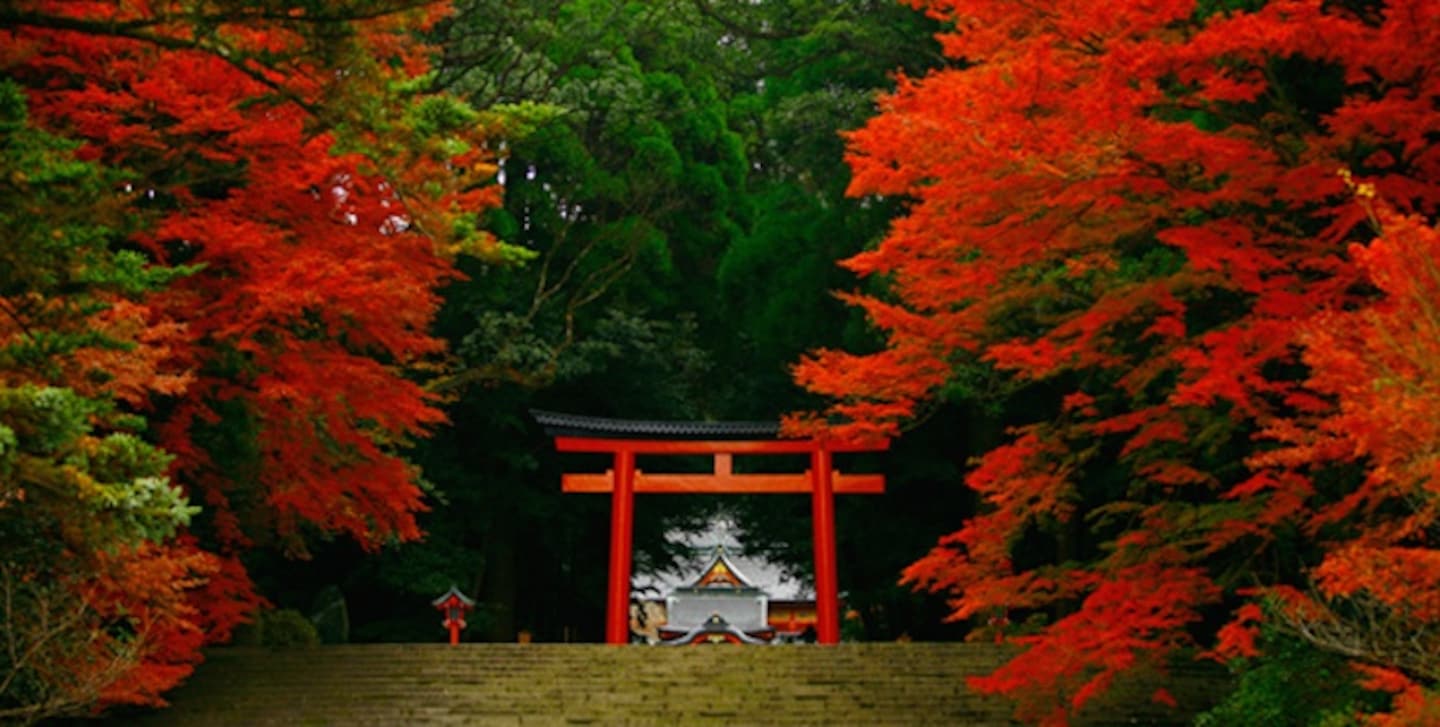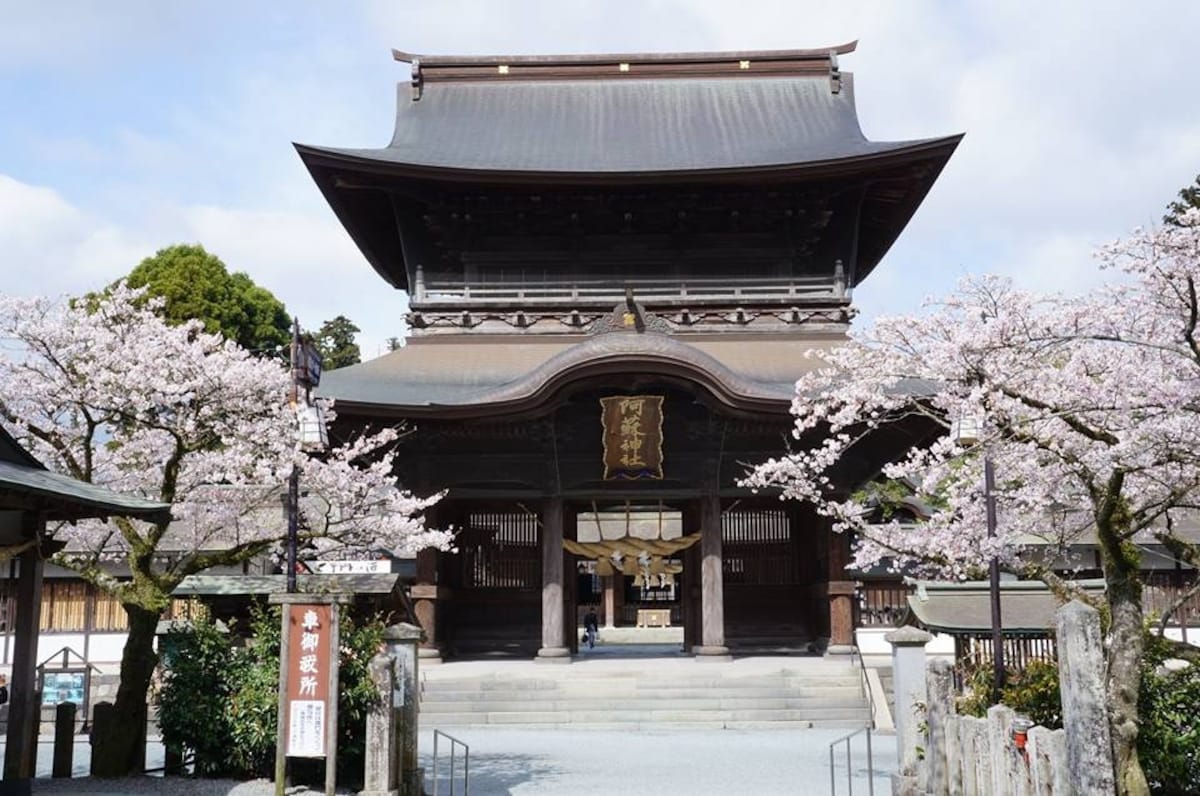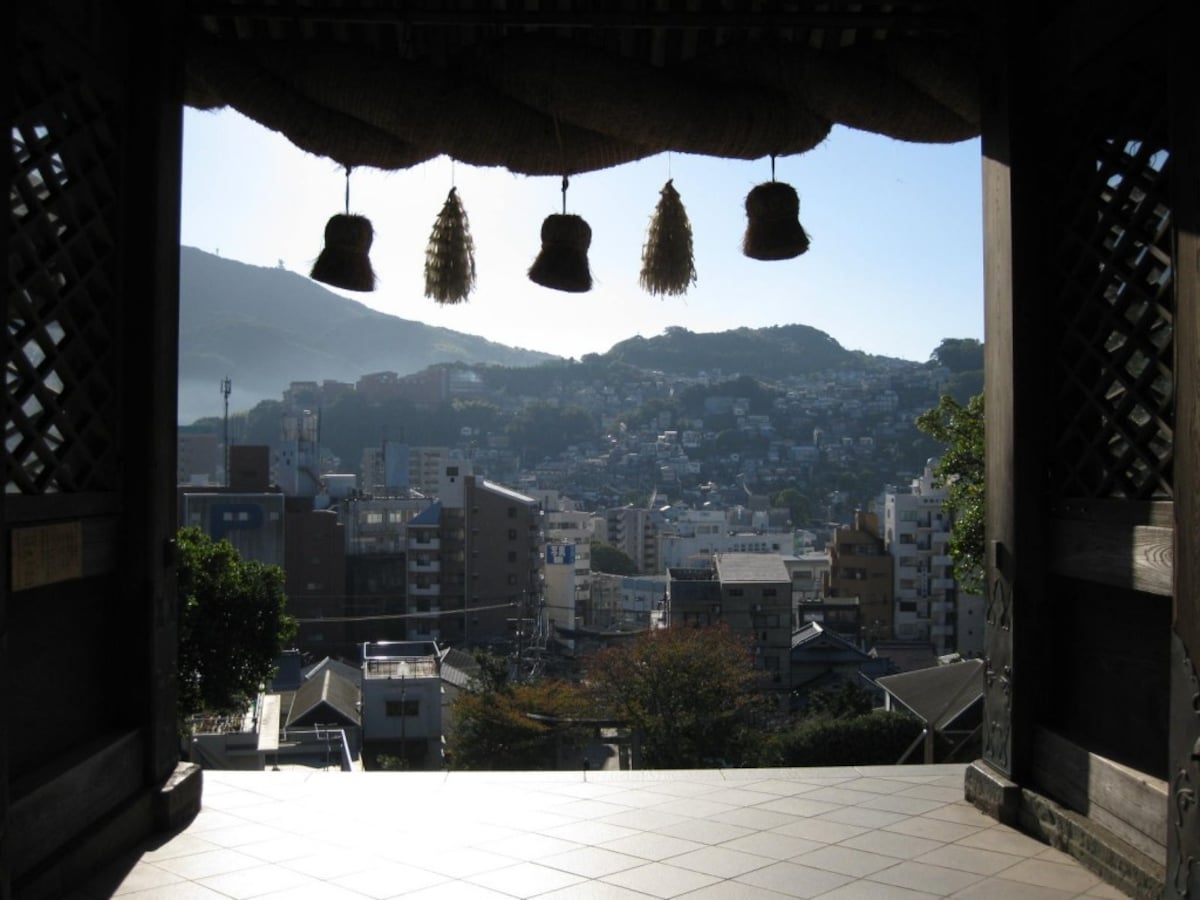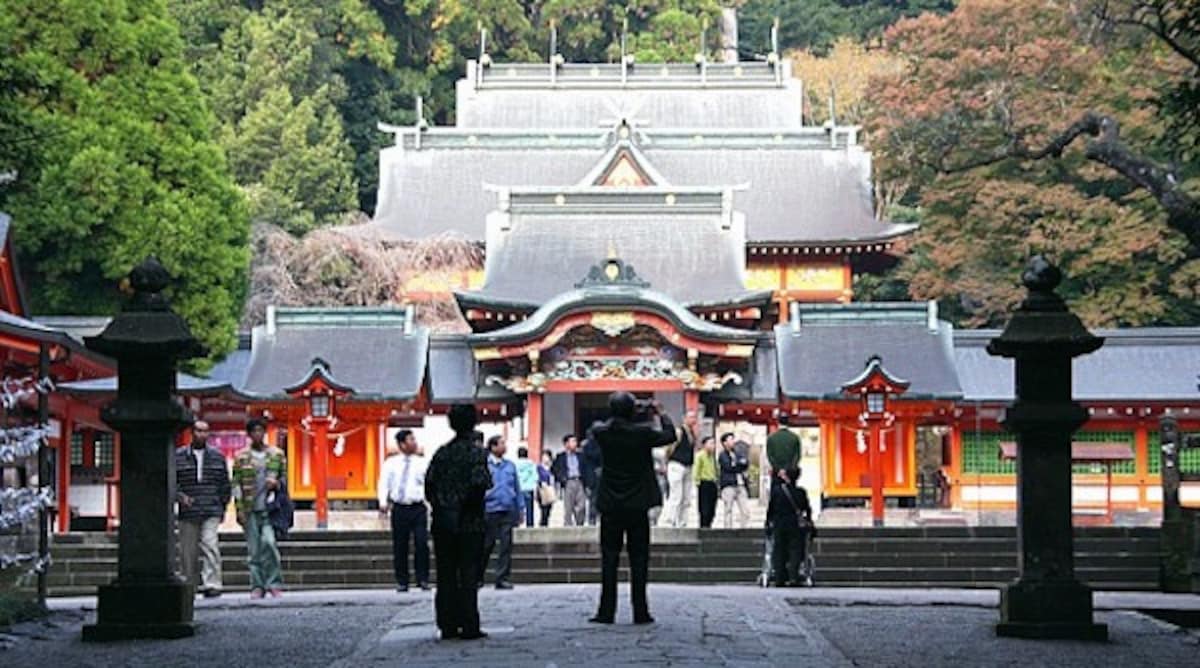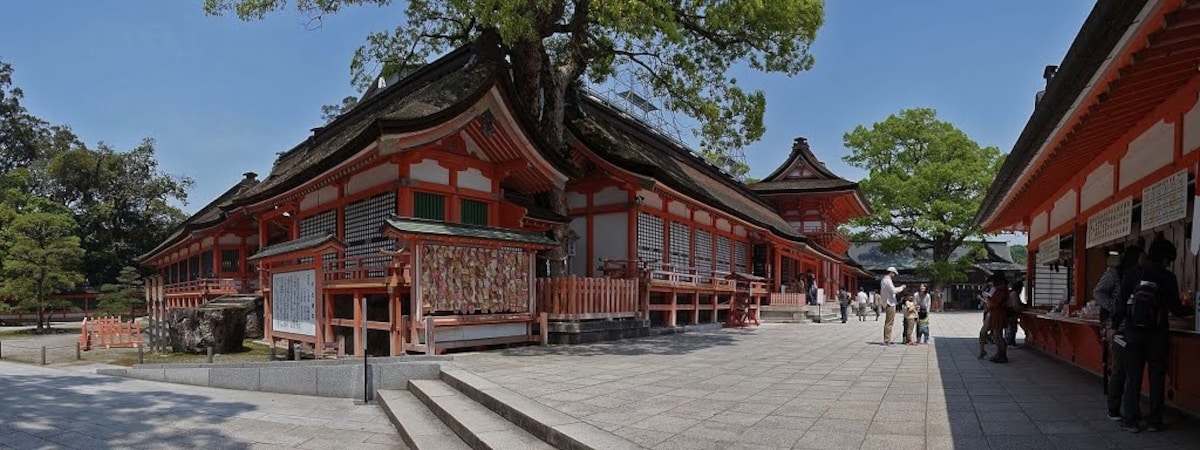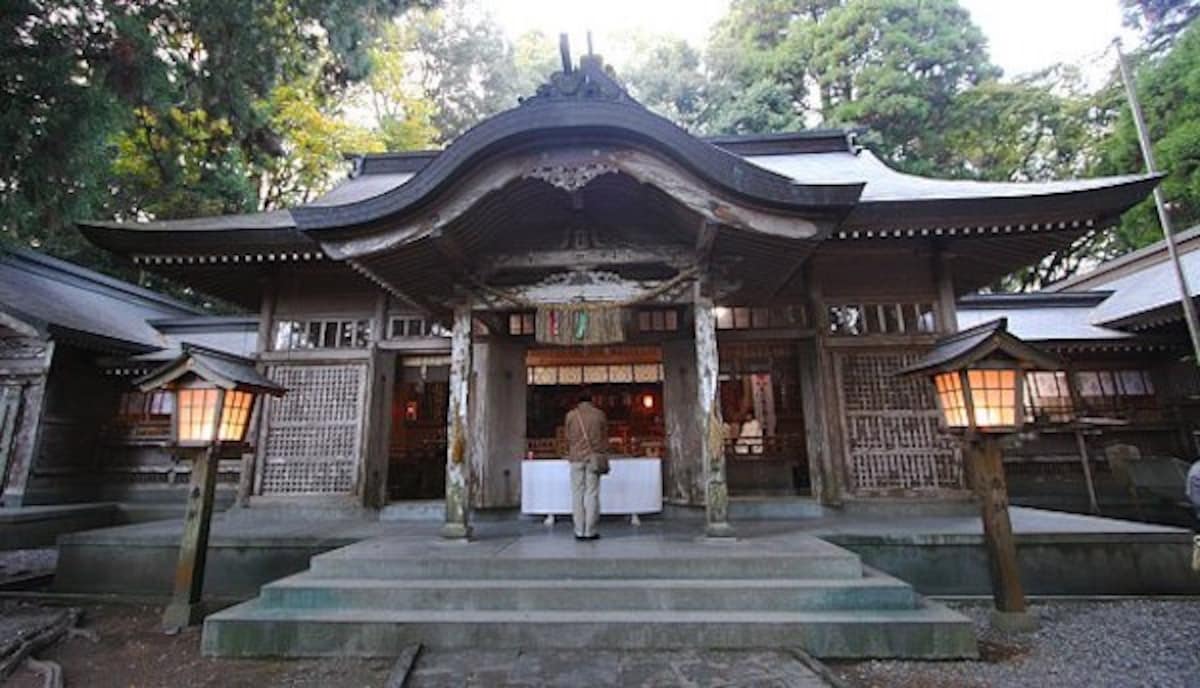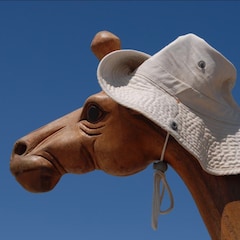5 Kyushu Shrines You Can't Miss
Shrines can be found just about everywhere in Japan. But shrines in Kyushu are special, because Kyushu is, according to legend, home to the first places where the Shinto gods descended to Earth. The following shrines mark five of Shintoism's most significant spots.
By Lars Painter5. Aso Shrine (Kumamoto)
Aso Shrine is a very old and prominent shrine in Japan. Founded in the year 281, it's said to have been a place of worship even prior to the accession of Japan's first emperor, Jinmu, and played a major role in the first 1,000 years of Japanese political affairs.
The shrine stood in the center of the caldera of Mount Aso, and was where the deity Tateiwatatsu-no-Mikoto, Jinmu's grandson, was enshrined. The most recent structure dated only from the Tenpo Period (1830-1843), but was notable for its two-story Romon Gate, one of the three largest gates of its style in Japan. However, Aso Shrine was heavily damaged in the earthquakes that struck Kumamoto in April 2016, resulting in the collapse of both the Romon Gate and the main worship hall. The remains can be seen a 15-minute walk north from JR Miyaji Station in Kumamoto Prefecture.
4. Suwa Shrine (Nagasaki)
Suwa shrines are dedicated to Suwa-no-Kami, the god of valor and duty. This is one of a network of 10,000 individual Suwa shrines across Japan, and the major local Shinto shrine of Nagasaki City. The shrine hosts one of the biggest festivals in Japan, the three-day-long Nagasaki Kunchi, which is held from October 7 to 9 each year.
Suwa Shrine was first established as a small structure in 1619 in an effort to counteract the Christianization of Nagasaki, following Tokugawa Ieyasu's edict prohibiting the religion, which was seen as growing threat to the shogun's power.
3. Kirishima Shrine (Kagoshima)
Kirishima Shrine is dedicated to Ninigi no Mikoto, grandson of Amaterasu, the sun goddess and queen of the Shinto gods. He was sent to Earth, where he landed on Mount Takachiho-no-mine on the southern border of what's now Miyazaki Prefecture, bringing with him the three Imperial Regalia: the sword Kusanagi, the mirror Yata no Kagami and the gem Yasakani no Magatama, all three of which are now symbols of the imperial family. Ninigi no Mikoto married a local princess and become mortal, establishing what is traditionally believed to be the lineage of Japanese emperors.
While Kirishima Shrine was originally built at the foot of Mount Takachiho-no-mine around the fifth century, it's been destroyed twice by volcanic eruptions and was rebuilt on its current location in 1715, about 5 kilometers (3 miles) to the southwest of the mountain peak.
2. Usa Shrine (Oita)
Usa Shrine, located in the northern part of Oita Prefecture in Usa City, is the headquarters of a network of more than 40,000 Hachiman-gu Shinto shrines. One of Kyushu's more impressive urban shrines, it was founded in the eighth century. Though the present sanctuary only dates back to the 19th century, it has been designated a National Treasure, and the original was said to have been the prototype for the Hachiman-zukuri style of shrine architecture.
1. Takachiho Shrine (Miyazaki)
Takachiho Shrine stands on the location where mythology says Amaterasu hid in a cave after being angered by her brother’s pranks, plunging the world into darkness. All the other gods got together and tried unsuccessfully to persuade her come out of the cave. Finally, one of the goddesses performed a dance, which caused so much laughter among the other gods that Amaterasu did come out to see what all the merriment was about, thereby returning light to the world.
Takachiho is about 120 kilometers (74 miles) northwest of Miyazaki City, and about 80 kilometers (50 miles) southeast of Kumamoto City. The nearby Takachiho Gorge is a spectacular sight, and well worth a detour.


